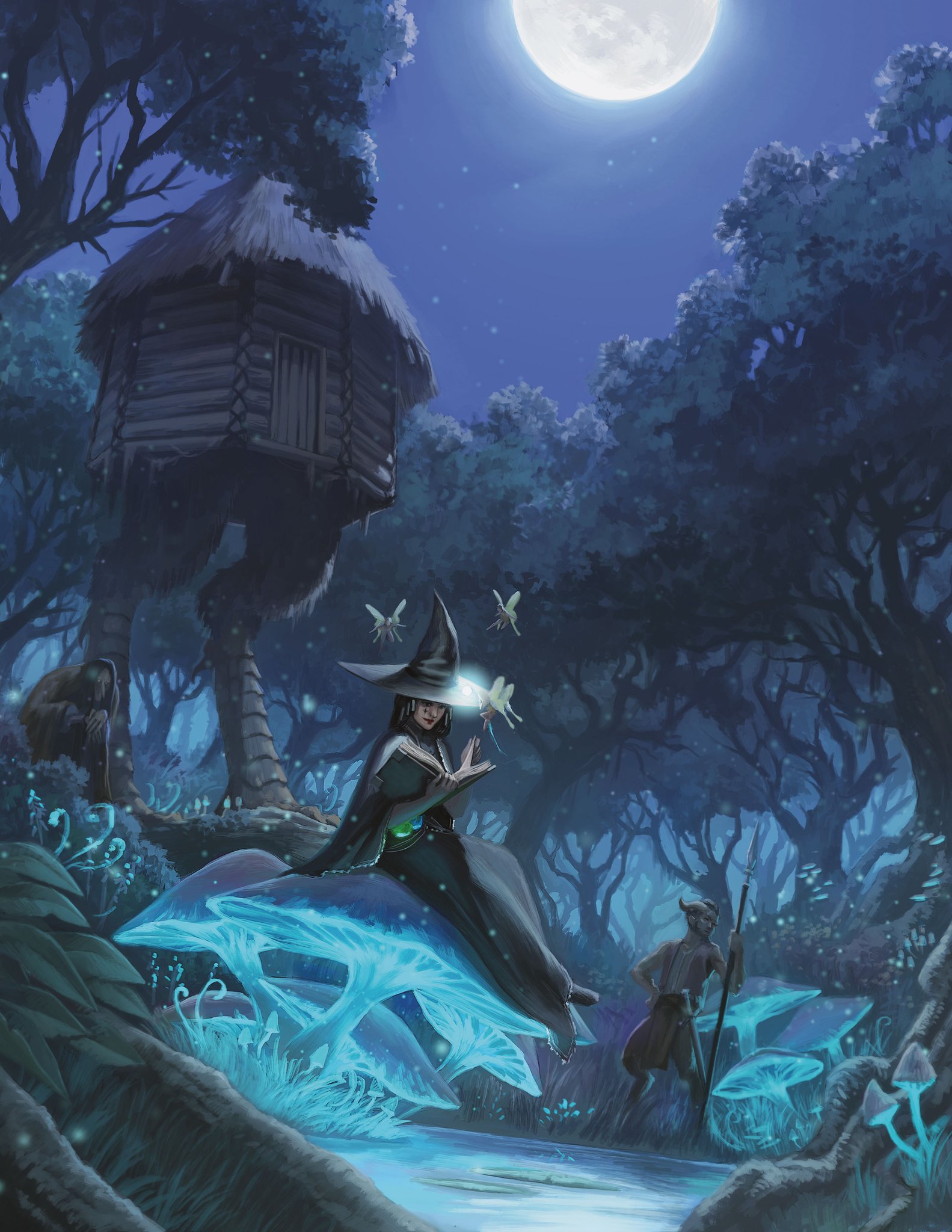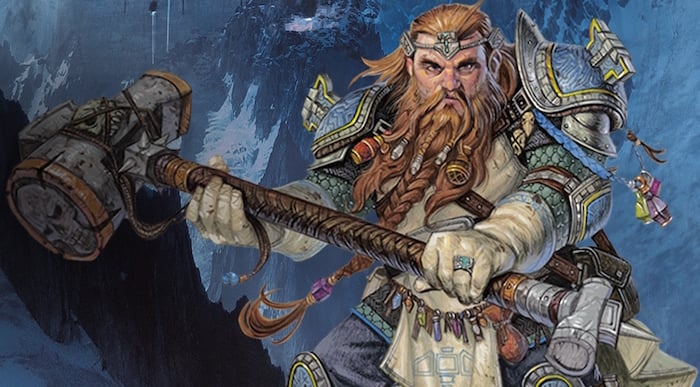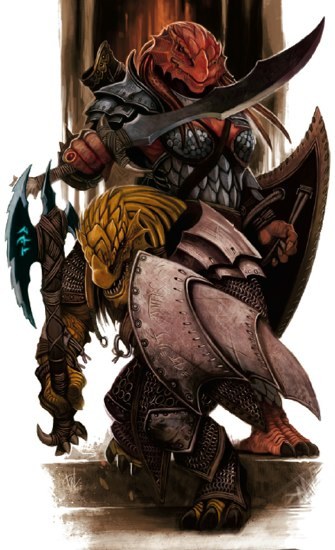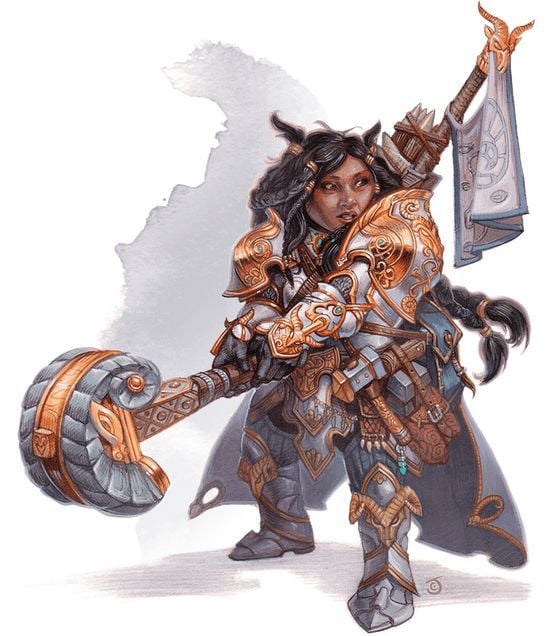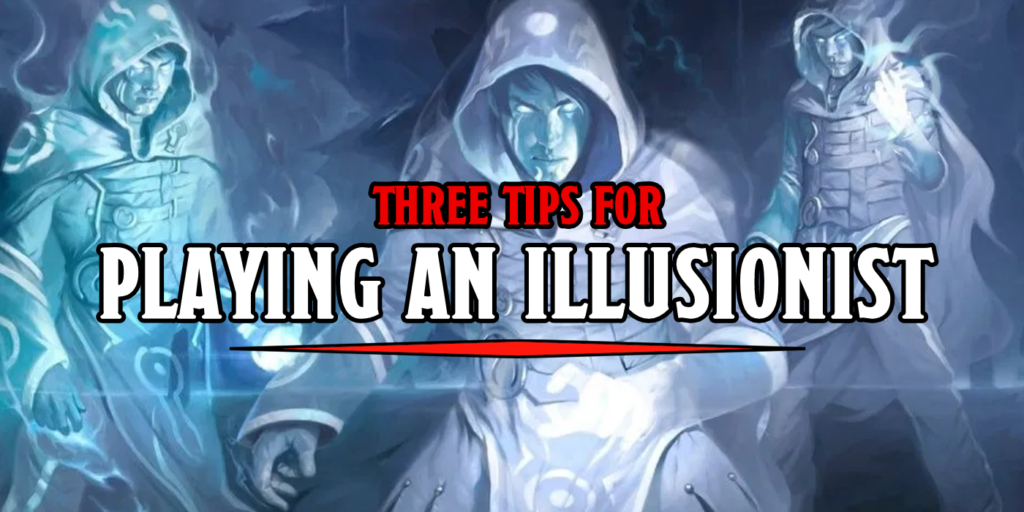D&D: New Racial Ability Score Rules Revealed In Online Guide
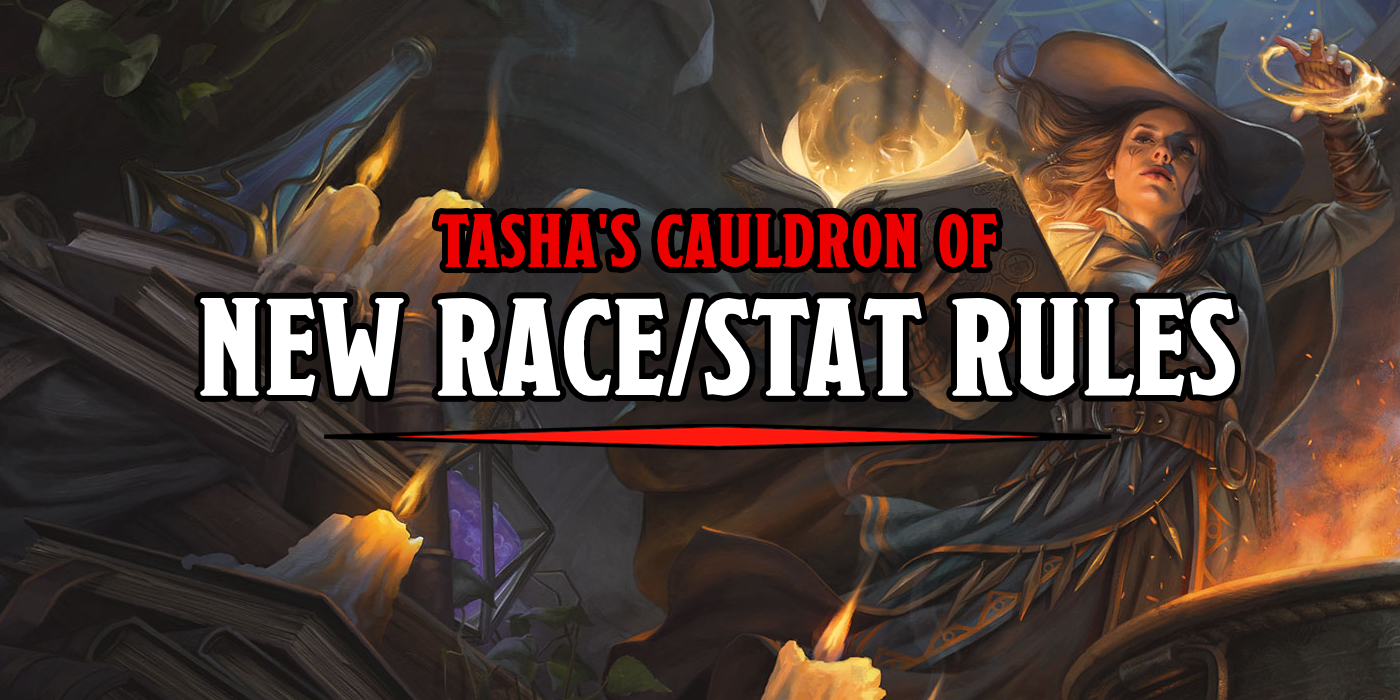

The latest Adventurer’s League Guide contains new rules for customizing your PC, including custom racial ability score rules introduced in Tasha’s Cauldron.
It’s still two months before Tasha’s Cauldron of Everything releases into the wild, but the latest Player’s Guide for this season of Adventurer’s League play–that’s D&D’s organized play rules for the unfamiliar–contains new rules for customizing your PC’s origins, including rules for altering racial ability score modifiers and racial traits like weapon/skill/tool proficiencies. These rules are a look ahead at what we’ll see in Tasha’s Cauldron of Everything, which introduces new rules for customizing your character entirely, including coming up with your own array of stat bonuses. And here’s the guidelines for how that will work.
via Wizards of the Coast
At 1st level, you choose various aspects of your character, including ability scores, race, class, and background. Together these elements help paint a picture of your character’s origin and give you the ability to create many different types of characters. Despite that versatility, a typical character race in D&D includes little or no choice—a lack that can make it difficult to realize certain character concepts. The following subsections address that lack by adding choice to your character’s race, allowing you to customize your ability scores, languages, and certain proficiencies to fit the origin you have in mind for your character. Character race in the game represents your character’s fantasy species, combined with certain cultural assumptions. The following options step outside those assumptions to pave the way for truly unique characters.
This is the overview for the rules themselves–we include them here because they outline WotC’s intentions, these are rules to make the character concept you have in mind. They start specifying that race means “fantasy species combined with certain cultural assumptions” trying to address the real-world weight of the word race. But basically, your race doesn’t have to define your ability score array. They try and retroactively say that the +2 to Con applies only to Dwarven adventurers like that’s what WotC had always intended from the beginning. It wasn’t. But even if it was, that’d still be like saying Black Adventurers always have a +2 Constitution. It doesn’t really absolve you of racially insensitive language. But, at least WotC is trying, and acknowledges, by way of their attempts to dance around the issue, that “race” in D&D is a thorny issue.
Whatever D&D race you choose for your character, you get a trait called Ability Score Increase. This increase reflects an archetypal bit of excellence in the adventurers of this kind in D&D’s past. For example, if you’re a dwarf, your Constitution increases by 2, because dwarf heroes in D&D are often exceptionally tough. This increase doesn’t apply to every dwarf, just to dwarf adventurers, and it exists to reinforce an archetype. That reinforcement is appropriate if you want to lean into the archetype, but it’s unhelpful if your character doesn’t conform to the archetype.
Advertisement
You typically don’t see this much weaseling outside of an election ye–oh wait. Nevermind, it all makes sense. Fortunately, these new rules allow you to do away with racial ability score modifiers entirely. It’s a fairly elegant solution. Here’s how it works:
If you’d like your character to follow their own path, you may ignore your Ability Score Increase trait and assign ability score increases tailored to your character. Here’s how to do it: take any ability score increase you gain in your race or subrace and apply it to an ability score of your choice. If you gain more than one increase, you can’t apply those increases to the same ability score, and you can’t increase a score above 20.
For example, if the Ability Score Increase trait of your race or subrace increases your Constitution by 2 and your Wisdom by 1, you could instead increase your Intelligence by 2 and your Charisma by 1.
Essentially, you can take your +2 in whatever your race gives you–be it a +2 to Dex from being an Elf, or a +2 to Dex from being a Halfling or a +2 to Dex from being a Tabaxi, and swap it for a +2 to another stat. No score can increase above a 20, and you can’t stack increases to the same ability score, so the typical rules apply. Unless you’re rolling you still can’t start with higher than a 17 in a stat, now you can just be a halfling fighter starting with a 16 strength, because your Halfling got huge and stayed huge.
Dragonborn character concepts everywhere are breathing a sigh of relief. But, this is the dawn of the dwarves, who come with +2/+2 ability score increase traits, meaning you can really focus them to build the kind of character you want. But they also come with some fantastic proficiencies, which mean even more customization for them. Here’s why: racial language, skill, and weapon proficiencies are also available to swap. Not every Elf grows up speaking Elven. Maybe their Elf parents wanted them to assimilate.
Your character’s race includes languages that your character is assumed to know, usually Common and the language of your ancestors. For example, a halfling adventurer is assumed to know Common and Halfling. Here’s the thing: D&D adventurers are extraordinary, and your character might have grown up speaking languages different from the ones in your Languages trait. To customize the languages you know, you may replace each language in your Languages trait with a language from the following list: Abyssal, Celestial, Common, Deep Speech, Draconic, Dwarvish, Elvish, Giant, Gnomish, Goblin, Halfling, Infernal, Orc, Primordial, Sylvan, or Undercommon. Your DM may add or remove languages from that list, depending on what languages are appropriate for your campaign.
Advertisement
But the real fun comes with the proficiency swap options, or swoptions. As you might imagine, your elven character might not have learned to use a longsword. Maybe they learned to fight with a warhammer, or heavy crossbow. The way it works is simple: you can swap a skill, weapon proficiency, martial weapon, or tool proficiency for another option based on the following table.
Which means several things. For one, you’re no longer burdened by being proficient with weapons that you’ll never use. No more needing to go to Longsword school to be an Elf. It does mean that characters have a way to gain proficiency with weapons outside the normal class options. For instance, you can pick any martial weapon for a Rogue or Bard now. Want to shoot a heavy crossbow and do sneak attack? Here’s your chance.
It also means we’ll probably see a whole lot more tool proficiencies out there. Tool proficiencies are one of the harder things to come by–and it makes sense why, they’re often underutilized. When was the last time you made a tool proficiency check? But if you’re playing a Githyanki, say, and you’re proficient with three kinds of swords but also playing a fighter, your traits no longer go to “waste” because you can swap them for tool proficiencies. Which adds a heck of a lot more character. It also means a Mountain Dwarf Artificer is the king of all crafters.
As a Mountain Dwarf Artificer you get +2/+2, probably +2 Int/+2 Con, and you can swap out your proficiency with battleaxe, handaxe, light hammer, and warhammer for 4 tools of your choice, adding to the already extant one dwarves get, meaning a dwarven artificer starts knowing 8 out of the 17 tool proficiencies total. There’s nothing you can’t build if you put your mind to it.
We’ll see if all of this ends up being worth a feat (if you play with feats and variant humans), but I have a feeling that even these rules changes won’t knock variant human from their high perch.
Download the Player’s Guide Here
What do you think of the new rules? Let us know in the comments!

